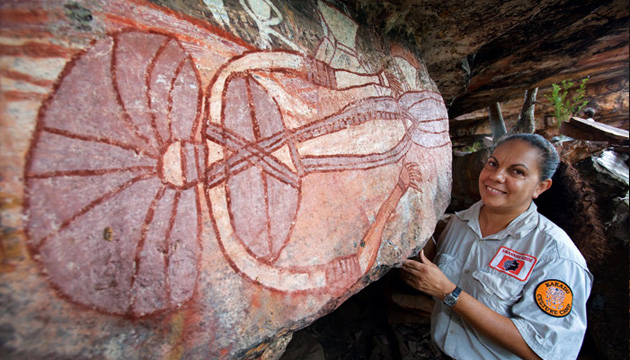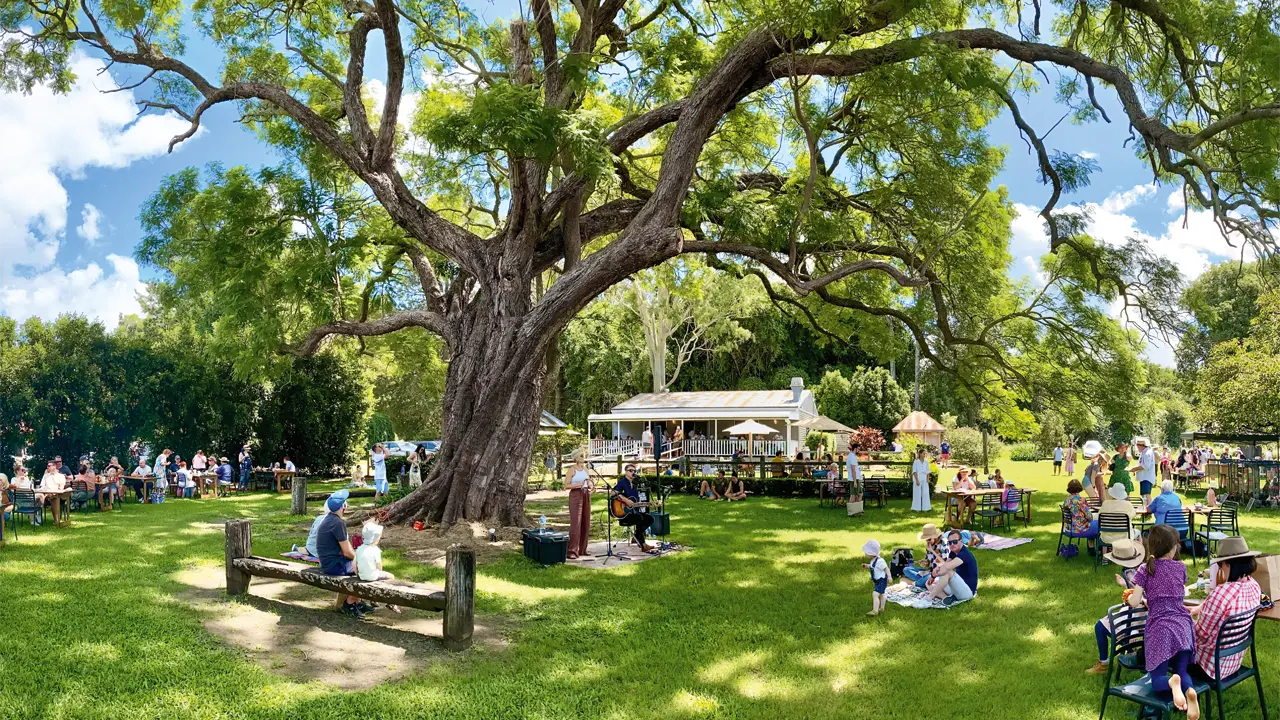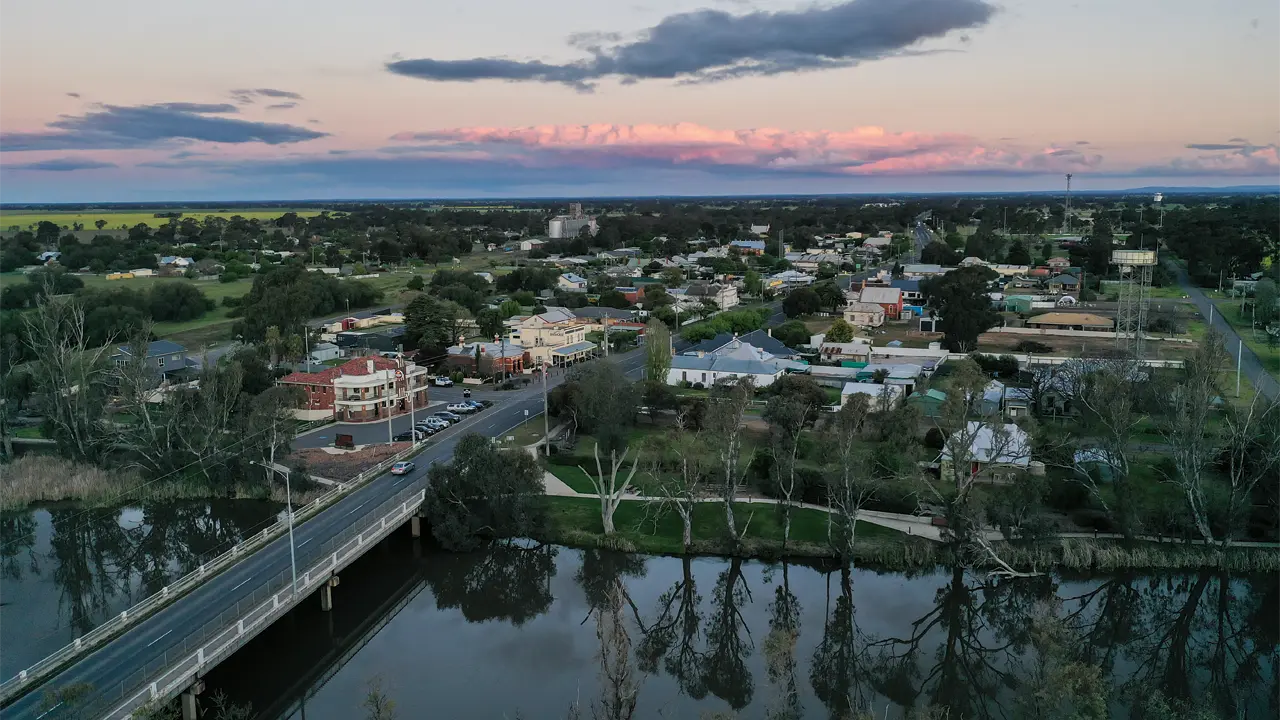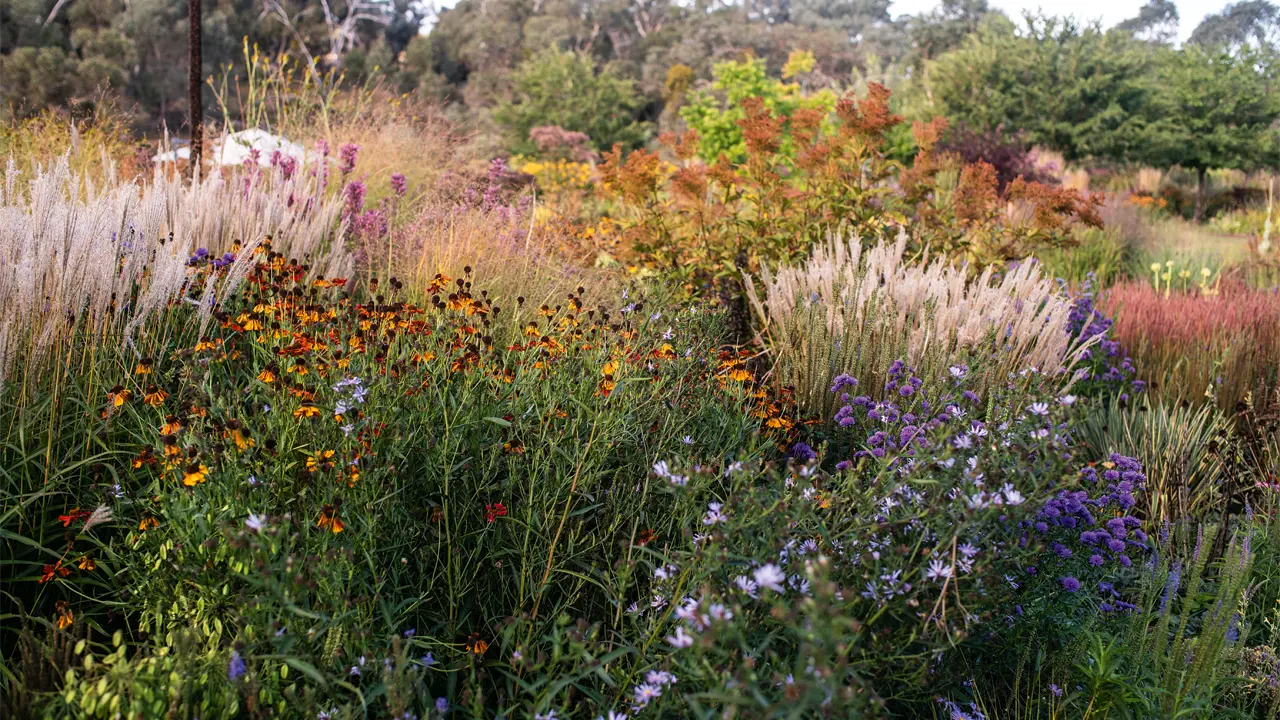Aboriginal people have returned to the rugged region of Arnhem Land, east of Kakadu National Park, in a bid to rehabilitate the country.
Story By David Hancock
Aboriginal people began returning to the plateau in the 1970s as part of a homelands movement led by those who wanted to resume a more traditional lifestyle and take responsibility for management of their familial estates. Today, there are small outstations sprinkled throughout the Stone Country and their residents are focused on caring for country. They try to manage fire, feral animals and weeds, and ensure rock-art sites are preserved and recorded.
Like the Guiana Shield, the Arnhem Land plateau is a global biodiversity hotspot, with hundreds of endemic plant and animal species. There are few roads and 30% of the plateau is within Kakadu and Nitmiluk national parks. Most of the Stone Country is part of the Warddeken Indigenous Protected Area (IPA), managed by the Manwurrk Rangers, a small but effective group of Indigenous rangers.
The plateau contains the most endemic species of anywhere in the Northern Territory, including 170 species of plants found only on the Arnhem Land plateau; there are five mammal species, three bird species, 12 reptile species, one frog and three fish species found nowhere else. These include the black wallaroo, the Arnhem rock-rat, the chestnut-quilled rock pigeon and the Oenpelli python.
Scientists believe there are undiscovered plant and invertebrate species inhabiting the isolated ravines and remote waterways of the plateau.
By national standards, the various environments of the Stone Country are in good to near-pristine condition. Many plants and animals have evolved in safety over the centuries, protected from fire and flood by the sandstone and effective Aboriginal fire-management techniques. However, the long period of inattention in the mid to late 20th century led to destructive wildfires and the introduction of weeds such as hyptis, gamba grass and mission grass. Buffalo, wild pigs, cats and cane toads have also invaded the plateau.
According to Dr Jeremy Russell-Smith, a leading ecologist and fire expert who advises the NT Bushfires Council and people of the Stone Country, the Indigenous managers of the plateau are doing a good job with little resources. “Full credit to them,” Jeremy says. “They have turned around a fire regime in pretty impossible-to-manage country and they have an opportunity to set up a good land management regime.”
He says the future of the Arnhem Land plateau is very much in the hands of traditional owners. “The economy of the area is never going to be pastoral but biodiversity conservation and the carbon [farming] component all work very nicely together in a cultural sort of way,” he says.
This story excerpt is from Issue #106
Outback Magazine: Apr/May 2016









